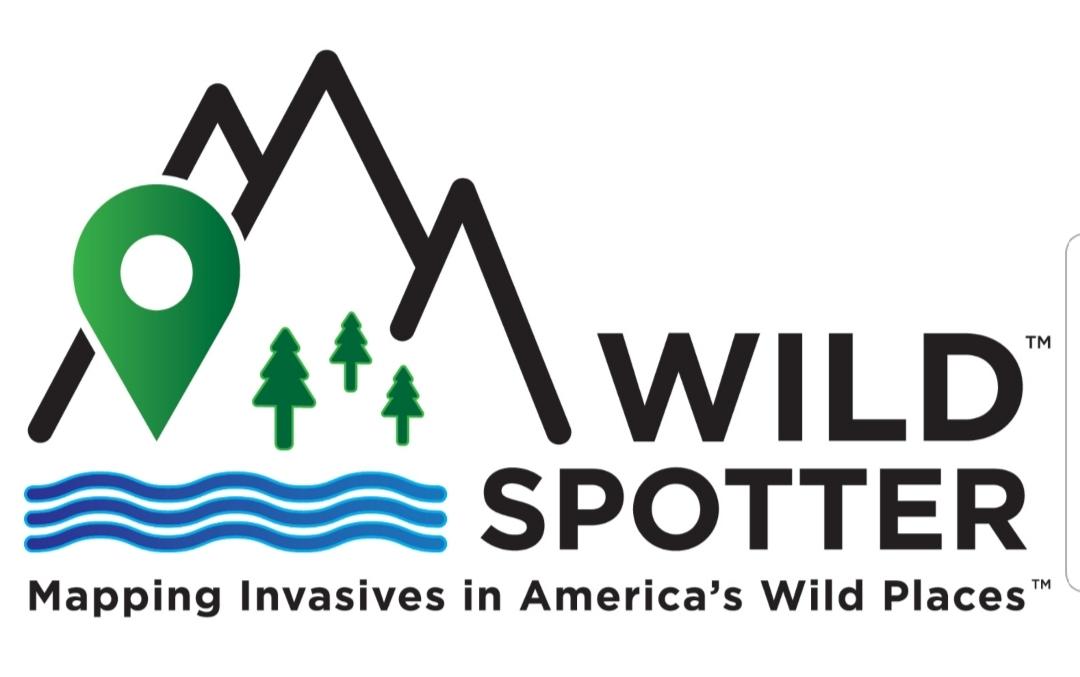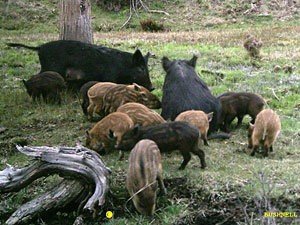Beech Leaf Disease: Emerging Threat from the Eastern US
/There is another forest pest that needs to be on our radar! Beech Leaf Disease (BLD) is a newly recognized problem of American Beech trees (Fagus grandifolia) and possibly European Beech (Fagus sylvatica). It was first observed in northeast Ohio in 2012 and has has since been observed in Pennsylvania, New York, and the Canadian Province of Ontario.
The symptoms of BLD can include striping on leaves, thicker textures where striping occurs, and heavily shriveled and deformed leaves in later stages. BLD can even result in mortality, mainly in saplings, occurring in as little as two years. Larger trees can resist BLD effects longer and some foliage that appear to be unaffected may even persist on an otherwise affected tree. That being said, it has spread rapidly in established areas, with the proportion of American beech showing symptoms reaching nearly 100% (Pogacnik and Macy, 2016).
Early leaf striping symptoms of BLD. From Pogacnik & Macy, 2016.
Later stages of BLD resulting in leathery, curled leaves. From Pogacnik & Macy, 2016.
To address this threat, a group of individuals was gathered earlier this year from various fields and partner agencies with expertise in BLD. The purpose of this group is to create a framework document that will guide future work, hopefully leading to a decline in the disease and the recovery of healthy beech species. You can look for the framework document to be complete by the end of this year from USDA Forest Service Forest Health Protection staff.
To view/download the BLD Pest Alert, click here.
To view/download the August 2018 BLD Update, click here.
Information in this post was gathered from the BLD Pest Alert, written by John Pogacnik and Tom Macy (2016); August 2018 BLD Update, written by James Jacobs.




